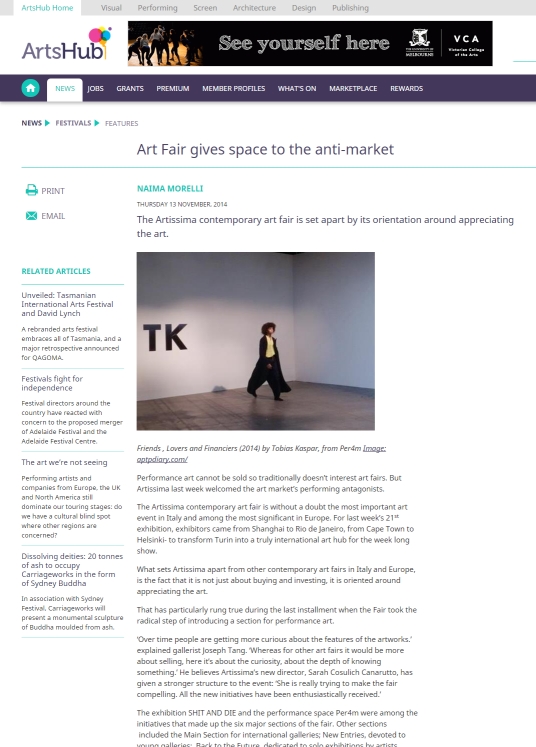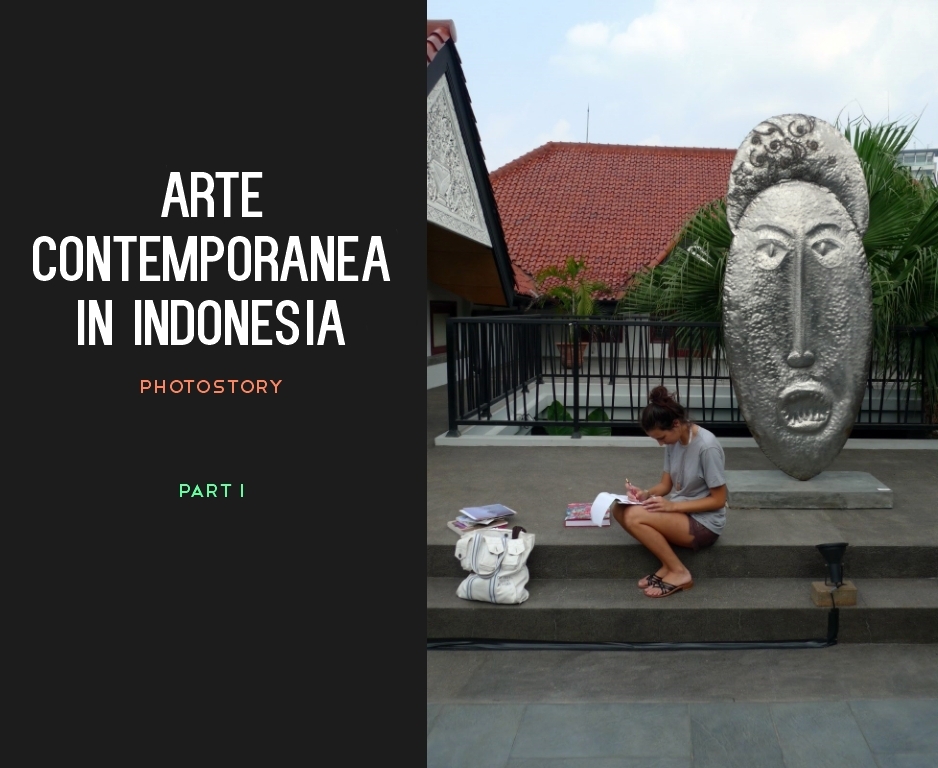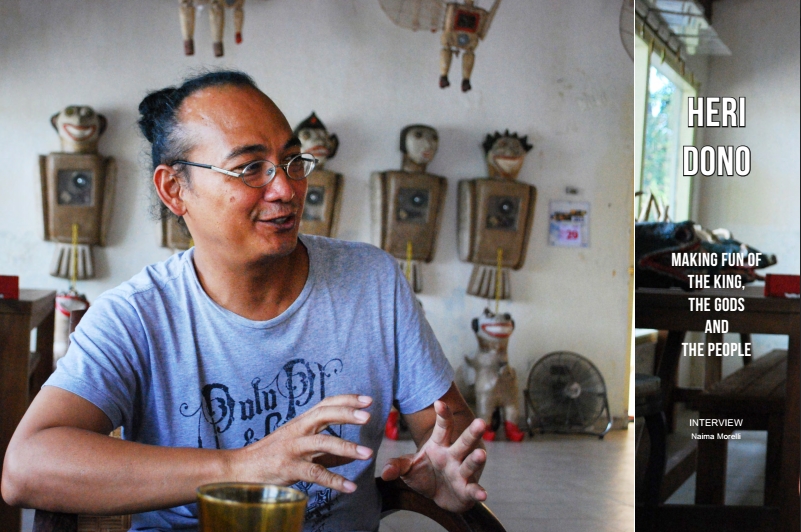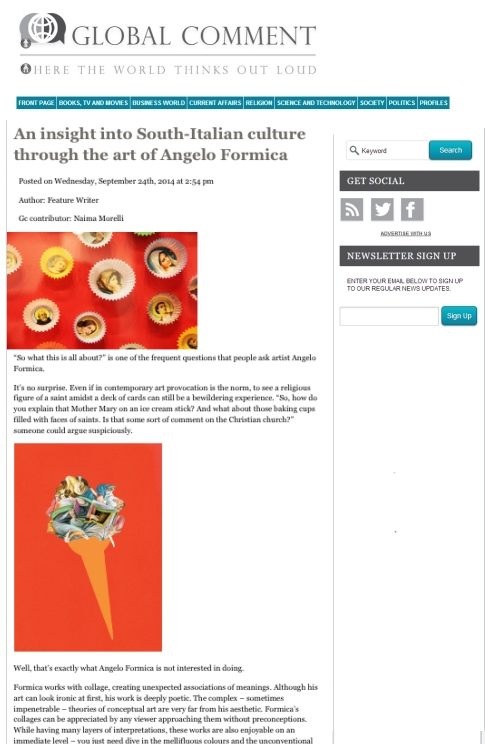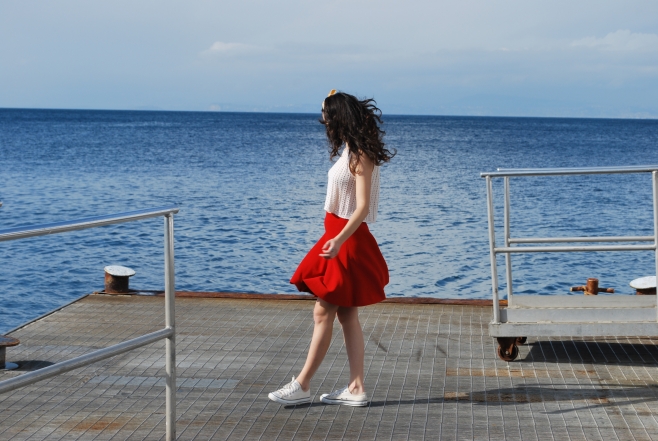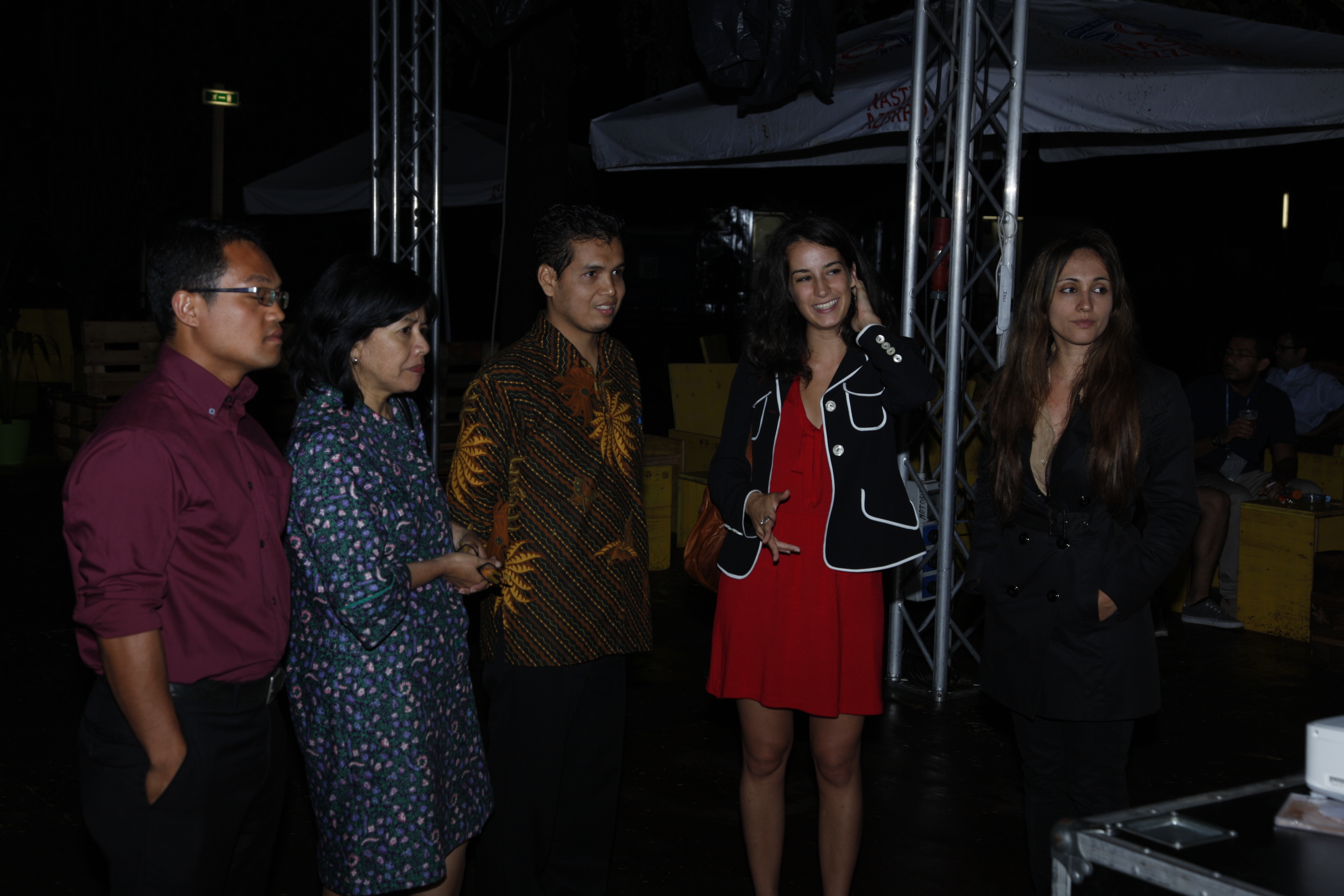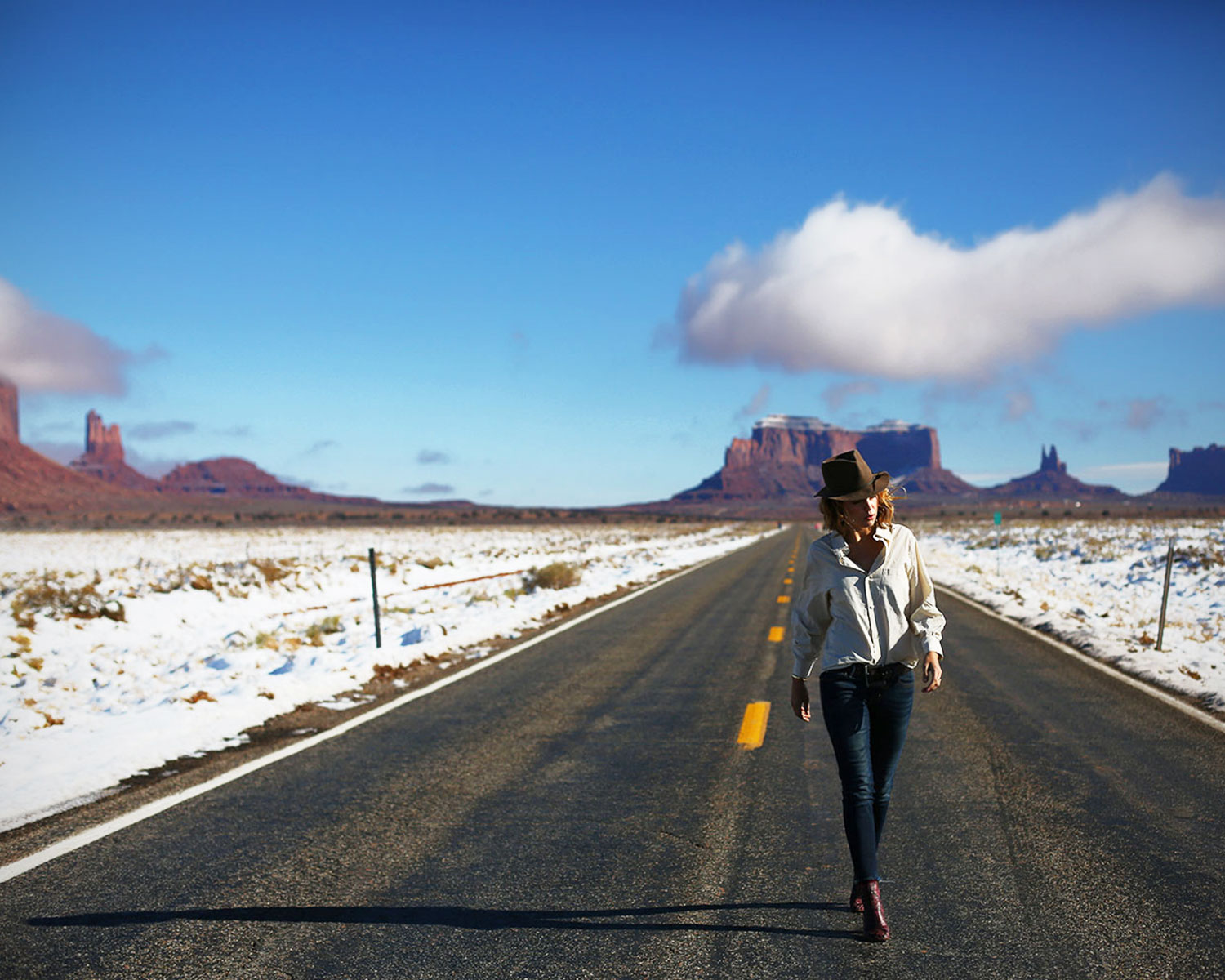
Do you remember MSN? That fairly basic chat you used to spend hours on, chatting with your faraway summer friends during winter? Ten years ago MSN was one the first ways to keep all your “contacts” together.
Back then, my friend Enrico was very big on “contacts”. He was – and still is – a very friendly person who is comfortable with pretty much everyone. When he was thirteen the idea of having all his friends in one single place was to him the most exciting thing ever – right after Harry Potter I suppose. As for me, I used to considered other people being an annoyance most of the times – fictional people like Harry Potter included – so the fact that he was bragging about the number of his MSN’s contacts sounded funny to me. Fast forward to the Facebook era, my friend’s account is bursting at the seams, and so he periodically purges it – only to repent short time after and re-add his unfriended ones.
Today as a grown up girl I finally understand the importance of other people. I gave up my antisocial punk attitude and I started to appreciate talking and exchanging ideas with people big time. If I have to spot a precise time I decided cut on my misanthropy, I would say when I first encountered the Roman art world. At nineteen I was going to plenty of vernissages, often with my two best mates – “compagni d’arte” – and we were wondering about why all those caryatids, err, older people, didn’t want to talk with us. If you are not familiar with art openings in Italy, you should know that you seldom see younger people there. This was far from bothering me. I figured I just had to be more stylish, so I started wearing a little black dress, red lipstick and the right amount of boldness.
Read More
